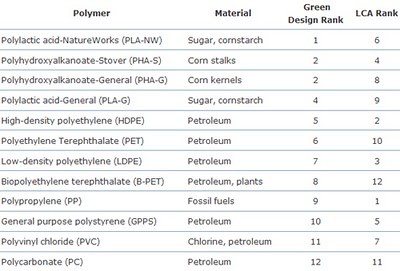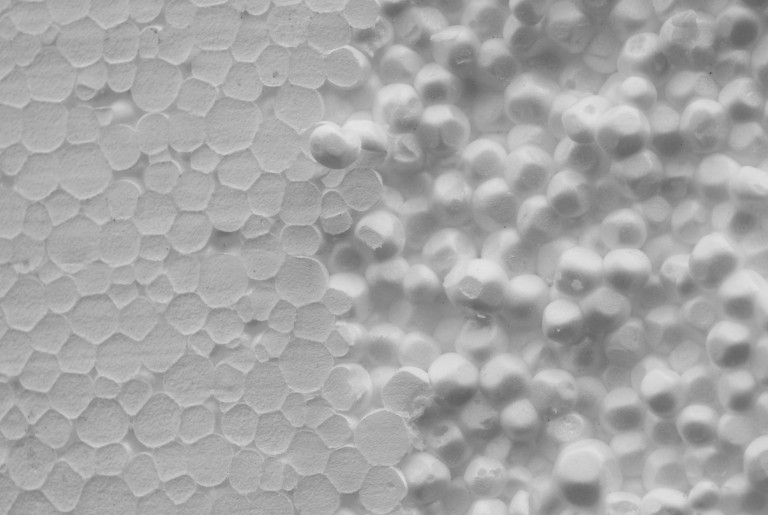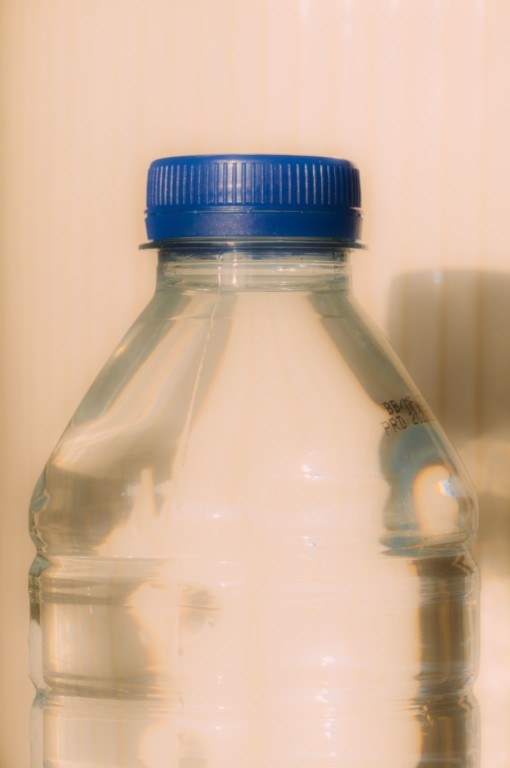
Bioplastic or biodegradable plastic: Researchers examined 12 plastic products, from Bioplastic to Synthetic based plastics and one hybrid.
The energy, raw materials, and chemicals used to create one ounce of plastic pellets. Each plastic in its finished form against principles of green design, including biodegradability, energy efficiency, wastefulness, and toxicity.
The LCA cycle showed that bioplastic made from corn and others have a very high green house gas emission rate in the environment.
Biopolymers were among the more prolific polluters on the path to production, the LCA revealed. The team attributed this to agricultural fertilizers and pesticides, extensive land use for farming, and the intense chemical processing needed to convert plants into plastic. All four biopolymers were the largest contributors to ozone depletion. The two tested forms of sugar-derived polymer—standard polylactic acid (PLA-G) and the type manufactured by Minnesota-based NatureWorks (PLA-NW), the most common sugar-based plastic in the United States—exhibited the maximum contribution to eutrophication, which occurs when overfertilized bodies of water can no longer support life. One type of the corn-based polyhydroyalkanoate, PHA-G, topped the acidification category. In addition, biopolymers exceeded most of the petroleum-based polymers for ecotoxicity and carcinogen emissions.

The amount of carcinogens when producing PLA far outweighs the benefits when comparing PLA to LDPE, HDPE and PP plastics. The core markets which PLA is sold into, due to their ability to produce a bottle that is usable by the public or recycle their product in the waste stream. PLA and the makers of PLA are causing green washing in the industry, misinforming consumers and business owners of the true benefits of PLA. Quoting 50% reduction from cradle to gate and other misinformation that allows for companies and composting companies to make uneducated decisions when choosing packaging that is good for the environment.
For more information about the green house gases which are produced by PLA and other bioplastics, please visit The University of Pittsburg:
http://www.news.pitt.edu/news/Landis_polymers_LCA



